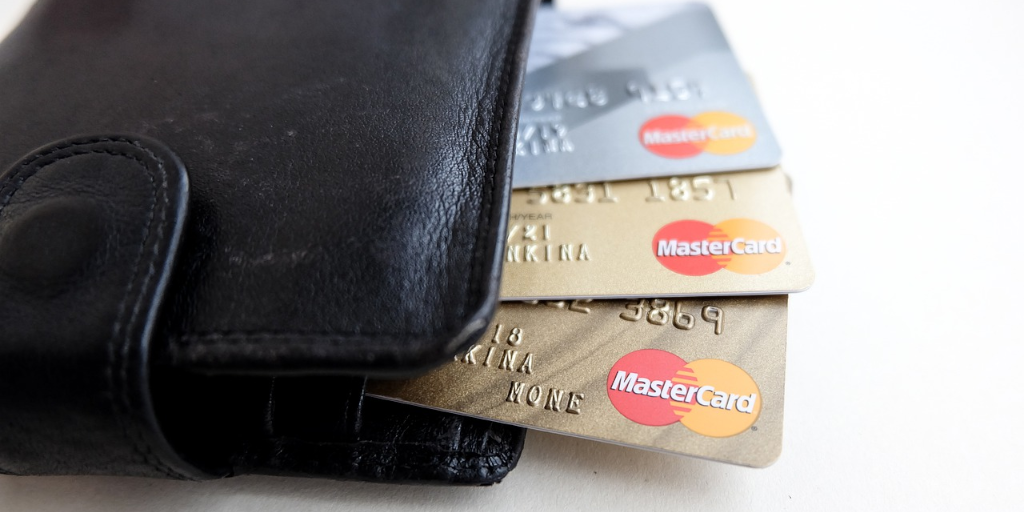I just read something that filled me with fear:
“Up to 70% of N95 masks certified in China do not meet U.S. standards for effectiveness… and have not been certified by the National Institute for Occupational Safety and Health (NIOSH).”
Web MD
These mass-manufactured masks have exposed around 80 million U.S. hospital and healthcare workers to COVID-19 and put patients at risk of infection unknowingly.
Which got me thinking.
How do corporations make sure their products are up to standard? And, more crucially, how can we, as consumers, be sure they’re up to standard?
Standards have never been more important for both businesses and consumers. Here’s why.
What are standards & what do they do?

In simple terms, standards are an agreed way of doing something.
They’re a documented set of policies, processes, rules, or guidelines that must be followed to make sure a product or service meets certain internal or external expectations.
“The point of a standard is to provide a reliable basis for people to share the same expectations about a product or service.”
BSI
Standards basically describe what the best way of doing something is.
They’re put in place to help businesses operate more efficiently, trade with others, bring new products to market quickly, and instill public confidence.
For example, imagine you’re a furniture manufacturer. You might follow a strict set of internal quality management standards to make sure you’re working efficiently, reducing the amount of defective furniture you produce, meeting customer expectations, and consistently producing high-quality goods.
But standards aren’t just there for businesses and their bottom lines.
Standards are implemented by organizations to protect our interests too. They’re there to make sure that what they produce a) meets our expectations and b) is safe for us to buy, use, or consume.

For example, you can use your bank card safely wherever you go in the world. Have you ever wondered how that’s possible?
Back in 2006, the Payment Card Industry Security Standards Council developed a set of global security standards (PCI Security Standards). This set of standards make sure that all compliant payment card companies process, store, and transmit credit card information in the same, safe, and secure environment.
These standards make it safe to withdraw money and pay for items with your bank card, from wherever you are in the world. Without them, we’d still be living in a world that relies on traveler’s cheques.
And who wants that?!
Who creates standards?

Standards are usually written by a body of experts. From manufacturers, trade associations, and consumers to government officials, academics, and regulators – anyone that has expert knowledge and an understanding of a particular process, product, or service can influence, create, and update standards.
“Standards are the distilled wisdom of people with expertise in their subject matter and who know the needs of the organizations they represent.”
ISO
As an example, you’ve probably heard of the ISO (International Organization for Standardization).
Formed from 165 national standards bodies, from around the world and across all industries, ISO is respected as one of the largest groups of ‘standard setters’ out there.
They create standards for everything: From quality management and information security standards to management system and food safety standards.
For example, if we revisit our new career as a furniture manufacturer, rather than following your own internal set of quality management standards, you could follow ISO 9001:2015 standards.
ISO 9001 is a globally recognized set of quality management standards that have been proven to improve the efficiency of production and open up opportunities with customers.
So, if you were to follow ISO 9001 standards, you’d be showing your customers that you’re able to efficiently and professionally fulfill or exceed their furniture requirements.

We’ve covered what standards are, what they do, and who makes them. Now let’s look at the types of standards you should be aware of.
Types of standards to look out for
There are typically three types of standards you’re likely to come across:
Government standards
These are standards set by governing authorities and developed through a formal rule-making process. These are standards that organizations must abide by – they are the law of the land.
HIPAA (Health Insurance Portability and Accountability Act) is a good example of a government standard for healthcare organizations. It specifies how patient health records should be used and released, and outlines what organizations need to do to protect patients’ information.
“All healthcare entities and organizations that use, store, maintain or transmit patient health information are expected to be in complete compliance with the regulations of the HIPAA law.”
Maryville University
Company standards
Although, as the name suggests, these standards are developed internally by organizations, they can often be released for others to follow. They define how an organization should act in terms of quality, performance, safety, testing, or management systems, to name a few.
They can work alongside government authorities and become enforceable by law, or they can be non-compulsory regulations that companies can follow for their own benefit.
A good example of a company standard would be a restaurant specifying that they must only use the highest quality, locally-sourced ingredients in their dishes.
Voluntary standards
Also known as “non-government consensus standards”, these standards are developed by a consensus and are nationally recognized.
ISO 14001 is a perfect example of a voluntary standard. 165 national bodies came together, shared their knowledge, and developed (by consensus) a set of international standards for environmental management systems.
Those are the three types of standards you’re likely to find, but the question is…
Where did standards come from?
Some say that the first set of standards began with time. When it became globally accepted that looking at the position of the sun was the best way to tell what time of day it was.

Others say it began with measuring space. When the Egyptians, as they were building the pyramids, introduced the length of an arm as a measurement of space.
But regardless of when standards were first introduced, it was during the industrial revolution that they became an integral part of the way organizations worked.
The shift from hand-crafted manufacturing to mass-market production meant that organizations needed a way to make sure that what they produced at one factory in one location, worked for different customers, in different cities, counties, and continents.
Standardizing quality and production processes, equipment, tools, and management methods enabled them to mass-produce products that could be delivered to more people, more efficiently, and to a higher standard.
This change in manufacturing methods also created an increase in occupational injury. In response to this, the American Society of Mechanical Engineers (ASME), one of the first voluntary standardizing bodies, was established to standardize safe working environments.
But, by the beginning of the 20th century, the differences in standards between companies and countries was making trade increasingly difficult. So, the International Federation of the National Standardizing Associations (ISA) was founded. ISA was later developed into a new global standards body, with delegates from 25 countries, called ISO.
“From then on, standardization started to flourish and is now intrinsic to modern society.”
Standards Australia
There are now over half a million published standards from over 1,000 recognized standards development organizations across the world.
But how do you keep track? How do you know which standards organizations should be following? And how do you make sure that they are following them?
How to make sure businesses are meeting standards
When I buy something I don’t often check where it’s made, I never check if it meets certain standards, and I always just assume it’s safe to use.
This needs to change. As I said earlier, standards have never been more important for us, as consumers.
It pays to be vigilant. Make sure you’re buying, using, or visiting an organization that has standards.
Look out for certifications, markings, and labels that specify compliance to certain regulatory bodies, and evidence of testing.
Sites such as the American National Standards Institute or National Institute of Standards and Technology give you tips on how to search for and find the standards you want to check.
We, as consumers, need reassurance – especially in today’s COVID-climate. We need to trust and believe that the organizations we buy from, visit, or use are doing whatever they can to keep us safe.



